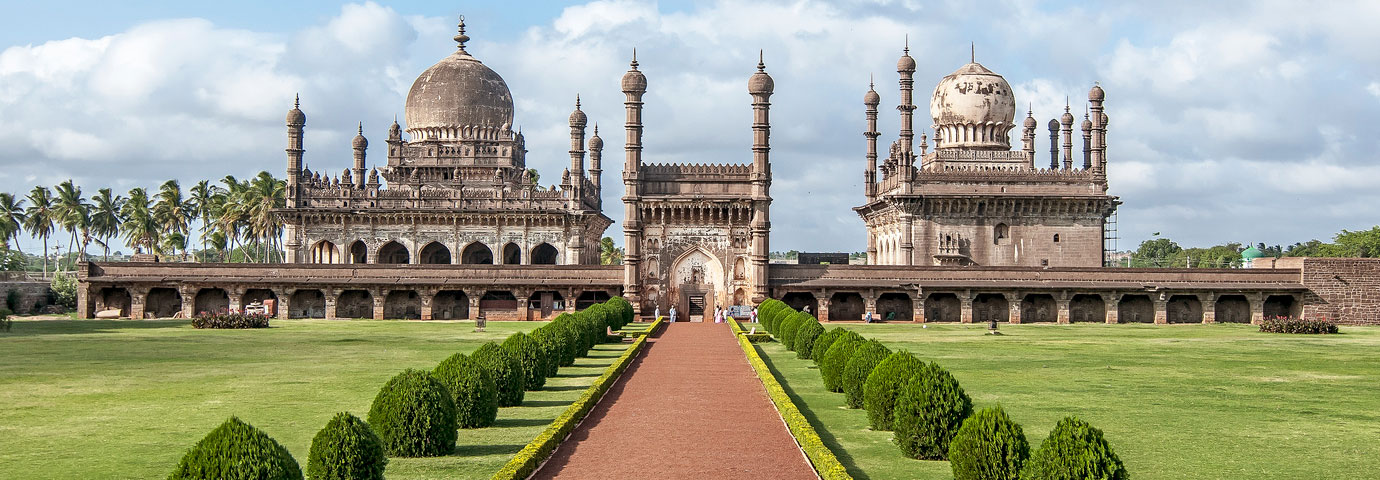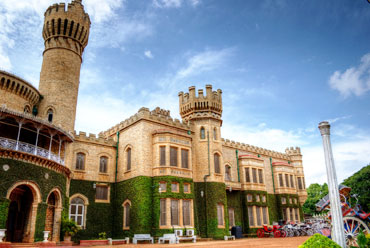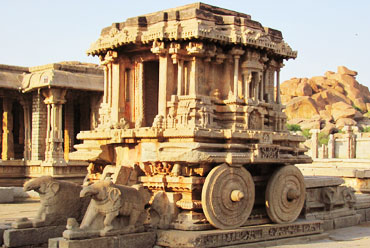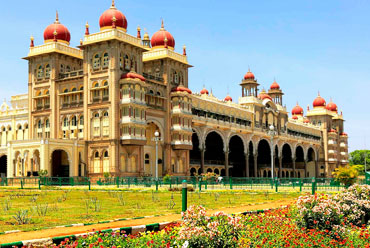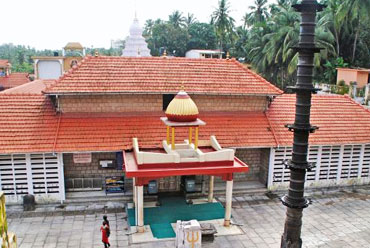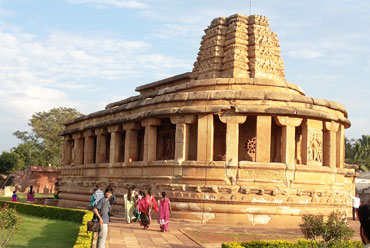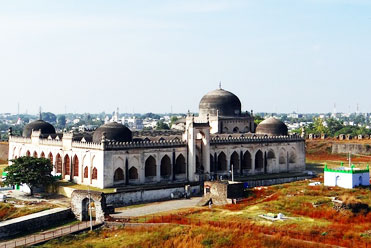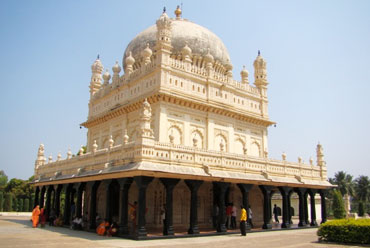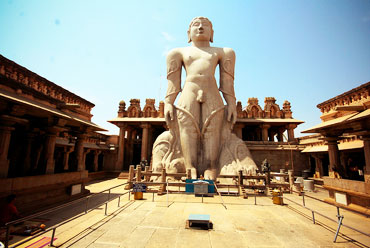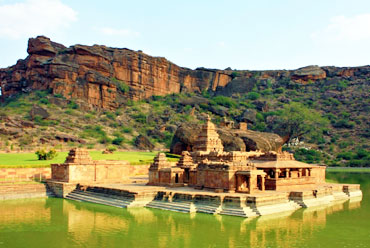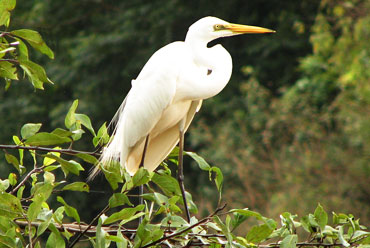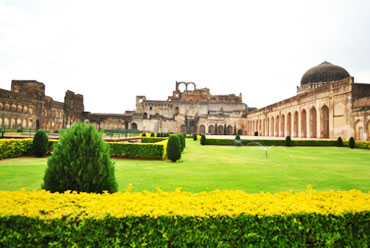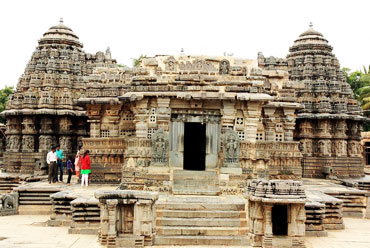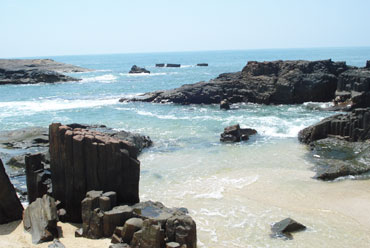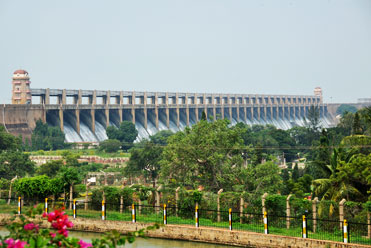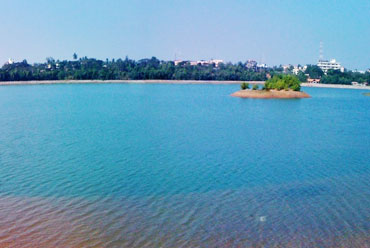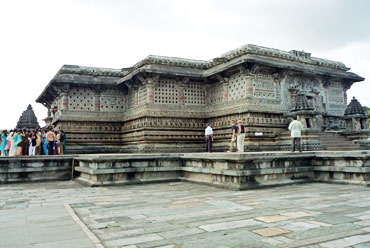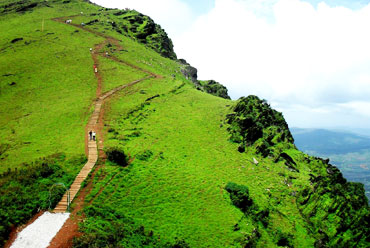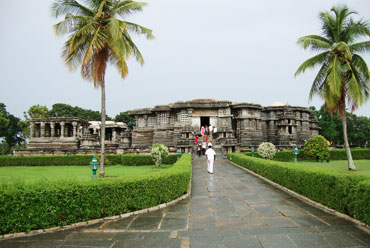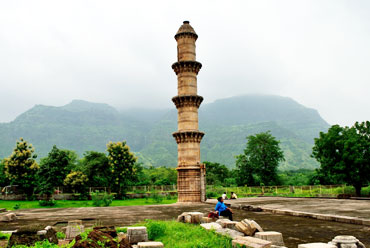Bijapur is known for its medieval monuments, which are a unique form of Islamic architecture. The magnificent Gol Gumbaz is the main attraction of this city. It is the largest dome in India and the second largest in the world. Tourists are attracted to this city by the various monuments built by the Adil Shahi rulers, who ruled Bijapur between 15th and 17th century.
History
The origin of Bijapur goes back to the early medieval period. The Chalukyan rulers of south India, between the 10th and 11th centuries laid the foundation of Bijapur. At that time, it was called as Vijayapura (the City of Victory). The local Yadavas rulers ruled it for about a century. Ala-ud-din Khilji, the Sultan of Delhi, captured it and made it a part of his empire at the end of the 13th century. Khilji could not hold on to Bijapur for long and it became the part of the Bahamani Empire in 1347. The golden period of Bijapur started with the decline of the Bahamani rulers, when, in 1489, Yusuf Adil Shah, one of the nobles under the Bahamani rulers, laid the foundation of the Adil Shahi dynasty and made Bijapur the capital of his kingdom. The Adil Shahis ruled Bijapur until 1686, when the last great Mughal ruler Aurangzeb defeated them.

